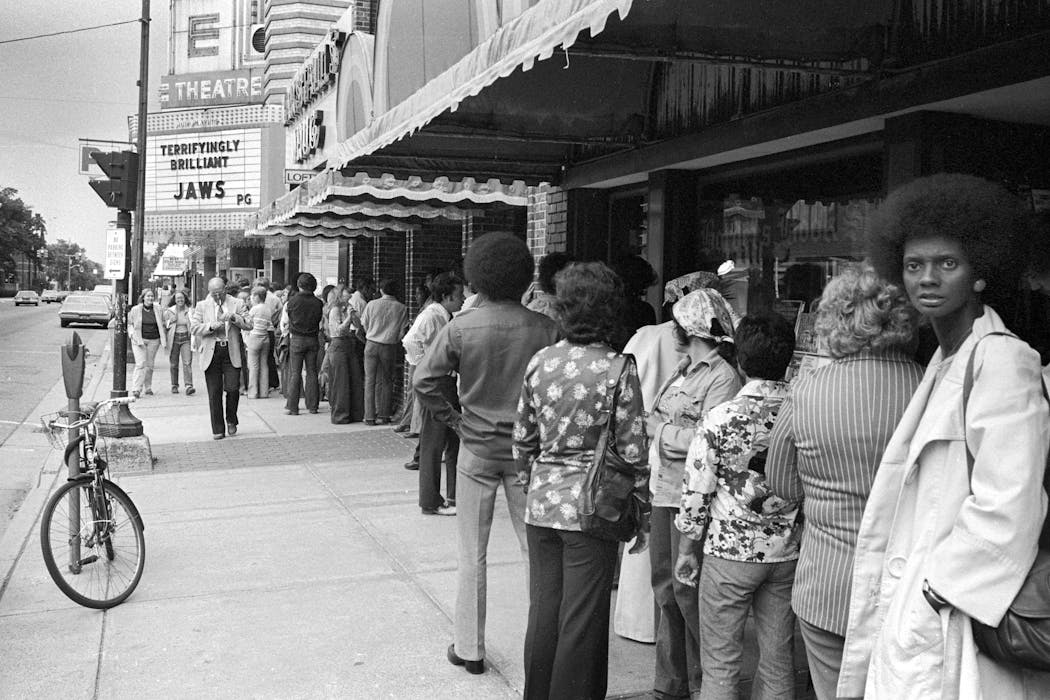Source: The Conversation – USA (3) – By David B. Sarwer, Professor of Social and Behavioral Sciences, Temple University

The Trump administration is making a significant effort to reduce the cost of weight loss drugs. Its agreement with pharmaceutical giants, announced Nov. 6, 2025, will reduce the monthly prices of these medications by hundreds of dollars.
For the past 25 years, I have treated people with obesity and have developed and studied treatments for the condition in both adults and adolescents. One major frustration of my work is the fact that evidenced-based treatments for obesity are woefully underused
These drugs, originally approved to treat Type 2 diabetes, mimic a natural hormone called glucagon-like peptide-1 that regulates blood sugar and reduce appetite.
In my view, by making GLP-1 drugs more accessible to patients, this agreement represents one of the most significant advances the federal government has made to address obesity, one of the country’s most pressing public health issues. However, this reduced price tag alone may not make a meaningful dent in rates of obesity in American adults without additional policy changes.
Treating obesity
The Centers for Disease Control and Prevention estimates that about 40% of adults in the U.S. – more than 70 million people – have obesity. Researchers and clinicians generally define obesity based on a measure called body mass index, or BMI, which is the ratio of a person’s weight in kilograms to their height in meters, squared.
BMI is an imperfect measure, to be sure, but most medical organizations consider a person with a BMI greater than 30 to have obesity.
Between television commercials, advertisements on social media and suggestions from family and friends, Americans are bombarded by approaches to losing weight. For many of these approaches, there’s little to no evidence showing they successfully help people lose weight. However, extensive and rigorous research supports the use of GLP-1s for treating obesity. Studies show that these medications can reliably help people lose about 15% of their body weight in six to 12 months.

Alexandr Kolesnikov/Moment via Getty Images
There are two other evidence based-approaches. Lifestyle changes, such as consuming fewer calories and increasing physical activity, can help people lose about 5% of their weight in the same period of time. With surgical treatment, now referred to as metabolic and bariatric surgery, patients can achieve a loss of about 30% of their body weight after about 18 months.
Which of these treatment approaches is appropriate for a given person depends on their circumstances and is best discussed with their health care provider. But in my experience, too few health care professionals refer their patients to any of these therapies.
Addressing the cost barrier
According to a November 2025 poll from the Kaiser Family Foundation, 1 in 8 adults in the U.S. have tried a GLP-1 medication. That may sound like a lot, but given that more than 40% of American adults have obesity, it may not be enough.
In clinical trials, people taking GLP-1 drugs to treat obesity generally maintained their weight loss for a year if they stayed on the medication. However, participants in the trials did not have to pay for the medications. Research suggests that more than half of people using the drugs stop taking them after six months, most often because they can’t afford them.
The federal government’s deal with Eli Lilly and Novo Nordisk aims to address this barrier.
GLP-1 drugs currently cost more than US$1,000 per month for people unable to get them covered by health insurance – and many insurance plans do not.
According to the Nov. 6 White House announcement, starting in early 2026, certain GLP-1 drugs covered by the agreement will be available for $350 per month or less through an online marketplace the government plans to launch.
Some drugs will be as cheap as $150, according to the announcement. Companies will also drop the amount that Medicare and Medicaid pay for them, and certain Medicare patients would be able to access them with a $50 co-pay.
These prices are still in flux, news reports suggest. However, for most Americans, paying even $150 a month for a single medication remains a budget buster. That’s especially true given that people from lower socioeconomic groups experience higher rates of obesity and often have other related health conditions that require costly medications.
These costs are not temporary. Most patients with obesity and related health problems will likely need to use these medications indefinitely. According to emerging research, people who stop taking them typically regain the weight they lost. Realistically, very few people who take GLP-1 drugs can maintain their weight loss with lifestyle changes alone.

aprott/iStock via Getty Images Plus
Beyond cost
The reduced pricing for GLP-1 drugs is an important first step in increasing affordability and access to these treatments. Given that the food environments people live in make it difficult to make healthy choices, I believe that this move will only meaningfully benefit the health of all Americans if it is combined with other policy changes.
While several countries have a national plan to prevent and treat obesity, the U.S. does not. Instead, American public health policies are largely set state by state. They often include strategies such as free school meals for children or more robust insurance coverage for treating obesity and related health conditions. However, most such policies are often too narrow to have significant benefits at the population level.
Broader policy shifts and legislation targeting obesity prevention could move the needle.
For example, research is increasingly showing that ultraprocessed foods play a role in promoting weight gain and potentially other diseases, such as colorectal cancer. Legislators could draw on that research to better regulate these foods – for example, to limit the use of certain especially harmful ingredients, to restrict marketing of ultraprocessed products, or to limit their inclusion in school meals.
Another policy change that may help would be to build more extensive nutrition education into the training that medical students and other health care providers receive. This may better position the next generation of clinicians to help their patients make the healthiest choices to maintain their weight and health.
These and other policy changes will be critically important in efforts to reduce the rate of obesity among Americans in the future.
![]()
David B. Sarwer’s program of research has been funded by grants from the National Institutes of Health for over the past 20 years. He also serves as Editor-in-Chief of the journal Obesity Science and Practice.
– ref. Making GLP-1 weight loss drugs cheaper isn’t enough to address America’s obesity problem – here’s why – https://theconversation.com/making-glp-1-weight-loss-drugs-cheaper-isnt-enough-to-address-americas-obesity-problem-heres-why-269361















